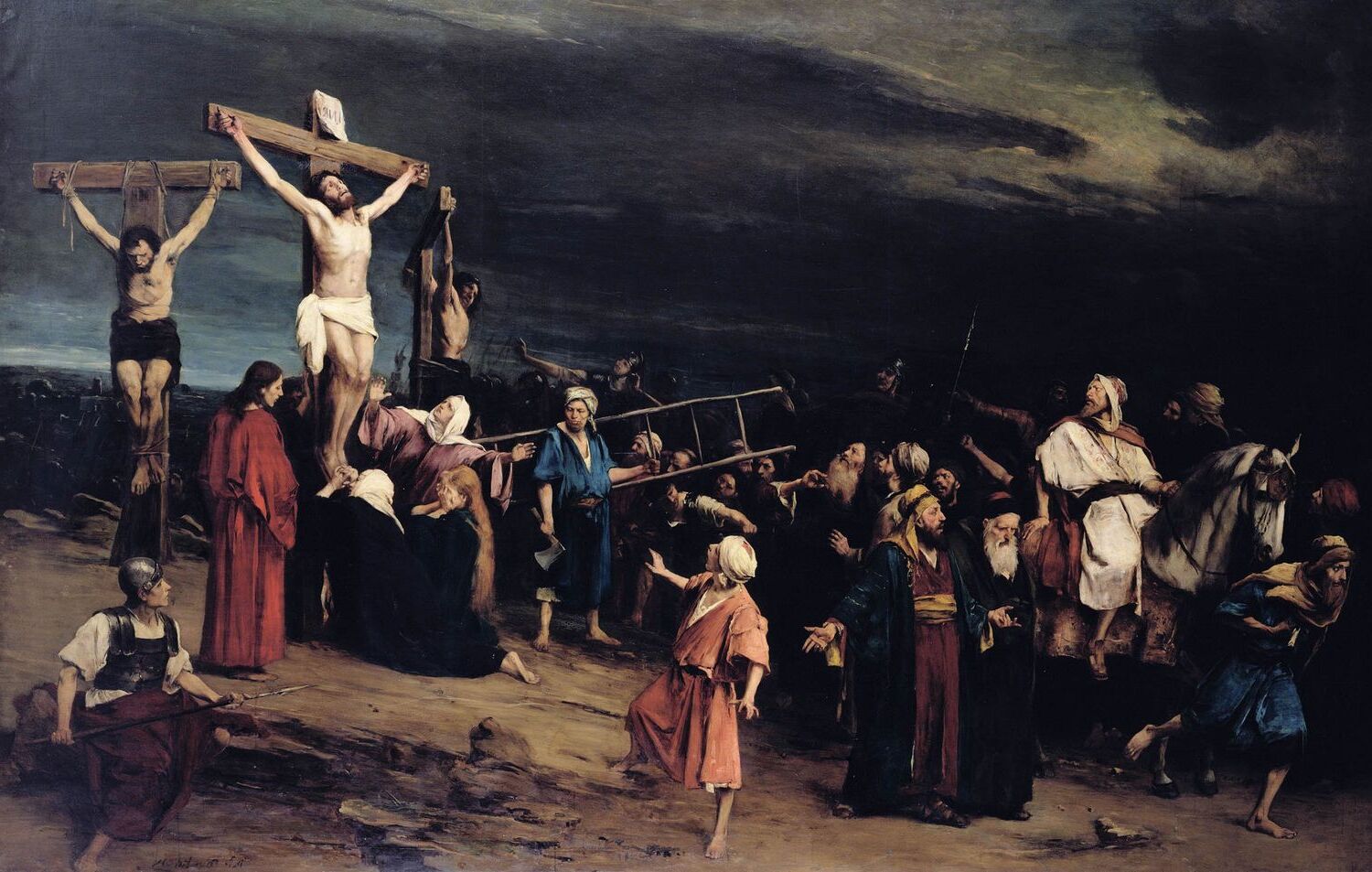
Roman crucifixion was not only a method of execution but also a powerful deterrent used by the Romans. This brutal punishment was reserved for slaves, pirates, and enemies of the state. It symbolized ultimate disgrace and deterrence, showcasing the might of Roman law and order. Crucifixion involved nailing or binding the victim's hands and feet to a large wooden cross, leaving them to hang until death, which could take days. This form of capital punishment was designed to be as slow, painful, and humiliating as possible. Understanding these 15 facts about Roman crucifixion offers a glimpse into the harsh realities of ancient justice systems and the lengths to which authorities would go to maintain control and instill fear among the populace.
Key Takeaways:
- Roman crucifixion was a brutal and shameful method of execution adopted from the Carthaginians and Persians. It was used to punish slaves, rebels, and the lowest criminals, and was designed to maximize suffering and humiliation.
- Over time, the practice of crucifixion declined, and Emperor Constantine the Great abolished it in the 4th century AD. The cross, once a symbol of shame, became a central symbol of Christianity.
Origins of Roman Crucifixion
Crucifixion was a brutal method of execution used by the Romans. It was designed to be a public spectacle and a deterrent to others.
- The Romans adopted crucifixion from the Carthaginians and Persians.
- It was primarily used for slaves, rebels, and the lowest criminals.
- Crucifixion was considered the most shameful and painful way to die.
The Process of Crucifixion
The process was meticulously planned to maximize suffering and humiliation.
- Victims were often scourged before being crucified, causing severe blood loss.
- They were forced to carry the crossbeam to the execution site.
- Nails were driven through the wrists and feet, not the palms, to support body weight.
- A small wooden seat, called a sedile, was sometimes provided to prolong agony.
Psychological and Physical Torture
Crucifixion was not just about physical pain but also psychological torment.
- Victims were stripped naked to increase humiliation.
- They were often left to hang for days, exposed to the elements and wild animals.
- Death usually resulted from asphyxiation, shock, or dehydration.
Historical Examples of Crucifixion
Many historical figures and groups faced crucifixion under Roman rule.
- Spartacus and 6,000 of his followers were crucified along the Appian Way.
- Jesus of Nazareth is the most famous victim of crucifixion.
- During the Siege of Jerusalem, the Romans crucified thousands of Jews.
The End of Crucifixion
Over time, the practice of crucifixion began to decline.
- Emperor Constantine the Great abolished crucifixion in the 4th century AD.
- The cross, once a symbol of shame, became a central symbol of Christianity.
A Final Glance at Roman Crucifixion
Roman crucifixion wasn't just a method of execution; it was a powerful tool of deterrence, steeped in layers of social, political, and psychological significance. Through these 15 facts, we've journeyed back to a time where justice and punishment were publicly displayed in their most brutal form. Understanding this ancient practice sheds light on the complexities of Roman society, their legal system, and the profound impact of crucifixion on early Christian narratives. As we reflect on these aspects, it becomes clear that the history of crucifixion is more than a tale of suffering; it's a window into the values, fears, and the very fabric of Roman life. This glimpse into the past not only enriches our knowledge of history but also invites us to ponder the evolution of societal norms and the human condition itself.
Frequently Asked Questions
Was this page helpful?
Our commitment to delivering trustworthy and engaging content is at the heart of what we do. Each fact on our site is contributed by real users like you, bringing a wealth of diverse insights and information. To ensure the highest standards of accuracy and reliability, our dedicated editors meticulously review each submission. This process guarantees that the facts we share are not only fascinating but also credible. Trust in our commitment to quality and authenticity as you explore and learn with us.


